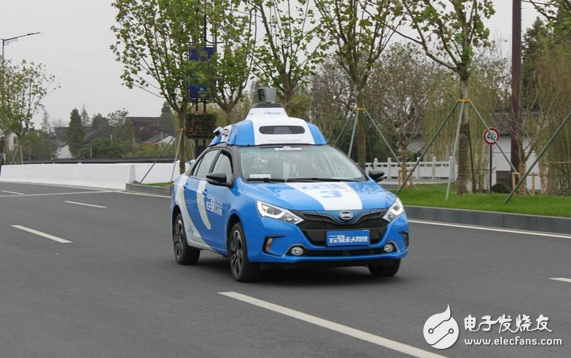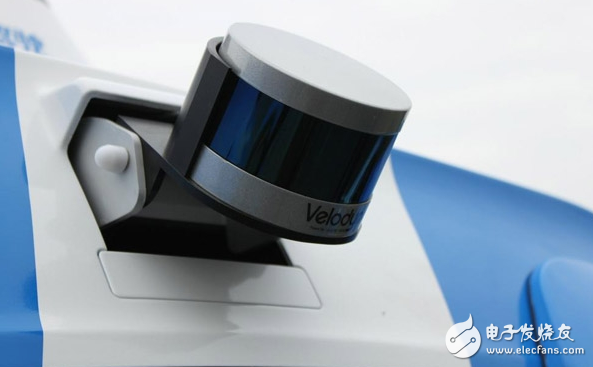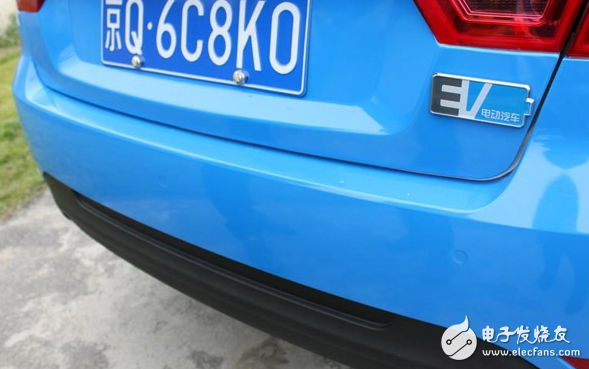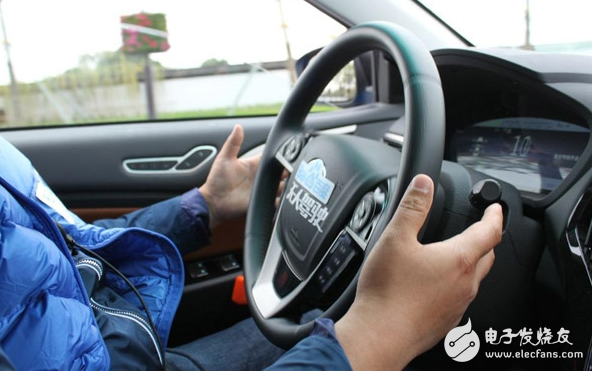On November 15, Baidu unmanned vehicle carried out the actual test of the fully open urban road in Wuzhenzi Night Road, Tongxiang City, Zhejiang Province. The reporter tried to take the Baidu unmanned vehicle. The whole test ride process is about 10 minutes, and the length of the journey is three kilometers. The unmanned vehicle needs to complete tasks such as parallel, overtaking, U-turn, and identification of traffic lights in the test section.

On December 8 last year, the unmanned vehicle developed by Baidu completed the auto-driving road test with a total length of 30 kilometers and a duration of 40 minutes on Beijing Jingxin Expressway and Fifth Ring Road. According to reports, the actual road test has improved more in technology and hardware than last year's road test. Last year, the unmanned car realized the start, drive and parking automatic operation, and this year can deal with more complicated road conditions.
In 2013, Baidu launched the unmanned vehicle project. The first public road test was completed in California in October 2016. Wang Jin, senior vice president of Baidu, said that the actual road test in Wuzhen reflects the technical self-confidence of Baidu unmanned vehicles. For example, in the road test, there was a sudden reverse car ride, but the unmanned vehicles successfully handled these situations. .
According to Baidu, Baidu Autopilot has ten technologies including environment awareness, behavior prediction, planning control, operating system, intelligent interconnection, vehicle hardware, human-computer interaction, high-precision positioning, high-precision map and system security. The device at the top of the car is an important part of the unmanned vehicle. It consists of a 64-line laser radar, three 16-line laser radars and an inertial integrated navigation.
The device at the top of the figure is a 64-line laser radar. The current cost is 500,000 RMB. The circular object below the picture is an inertial integrated navigation device that can receive the signals of the Beidou satellite and provide navigation for the vehicle.

In addition to the top 64-line radar, there are three 16-line lidars on the top, the picture shows the 16-line lidar at the top of the car.

At the rear of the Baidu unmanned vehicle, there are three dots below the license plate. According to reports, this is the millimeter wave radar of Baidu unmanned vehicles, which is used to sense objects with relatively low altitude.

There are a lot of instruments placed in the trunk of the unmanned vehicle. According to the introduction, this is the “car brain of the unmanned vehicle.†The core of Baidu’s brain is intelligent control based on high-precision maps and intelligent perception. It can realize the optimal planning of the path based on the real-time perceived environmental information and high-precision map data. By predicting the behavior and intention of the vehicle and pedestrians, the driving decision of the appropriate road conditions can be made to control the normal driving of the unmanned vehicle. In this process, the car brain constantly learns the human driving experience, constantly improving its "intelligence" to ensure a safe, comfortable and convenient automatic driving experience.

At present, the control of Baidu unmanned vehicles is realized by the tablet computer shown in the figure. Before the driver drives, the driver clicks the button on the tablet computer to detect the condition of the vehicle, and after the detection is completed, the driver can click to perform the driverless driving. During driving, the tablet displays a real-time map and the real-time status of the road, such as the yellow dot above the vehicle in the picture, which is the actual vehicle that appears on the road during the journey.

Baidu unmanned vehicles that are driving, it can be seen that the driver did not interfere with the steering wheel, Baidu unmanned vehicles independently completed overtaking, parallel, U-turn and other driving behavior.
This is the display screen provided by Baidu for the test passengers. The display can display the objects that the unmanned vehicle laser radar senses in real time. The red coil that is emitted from the center of the unmanned vehicle shows the range of the unmanned laser radar. During the three-kilometer test ride, the Baidu unmanned vehicle was running smoothly. There was not much difference between the start and the artificial driving experience, and the overtaking was smooth. In the U-turn, side parking, the brakes are more urgent, Baidu introduced this because the current correlation coefficient is relatively high, or it is safe, and will continue to adjust in the future. Overall, the current driving technology of Baidu unmanned vehicles is similar to that of beginners who just started driving. Baidu’s goal for unmanned vehicles is to produce in three years and to be commercially available for five years.
Heavy-duty casters Manufacturer
NingBo Casters (China)Tecgnology Co., Ltd112 , http://www.sitez.com